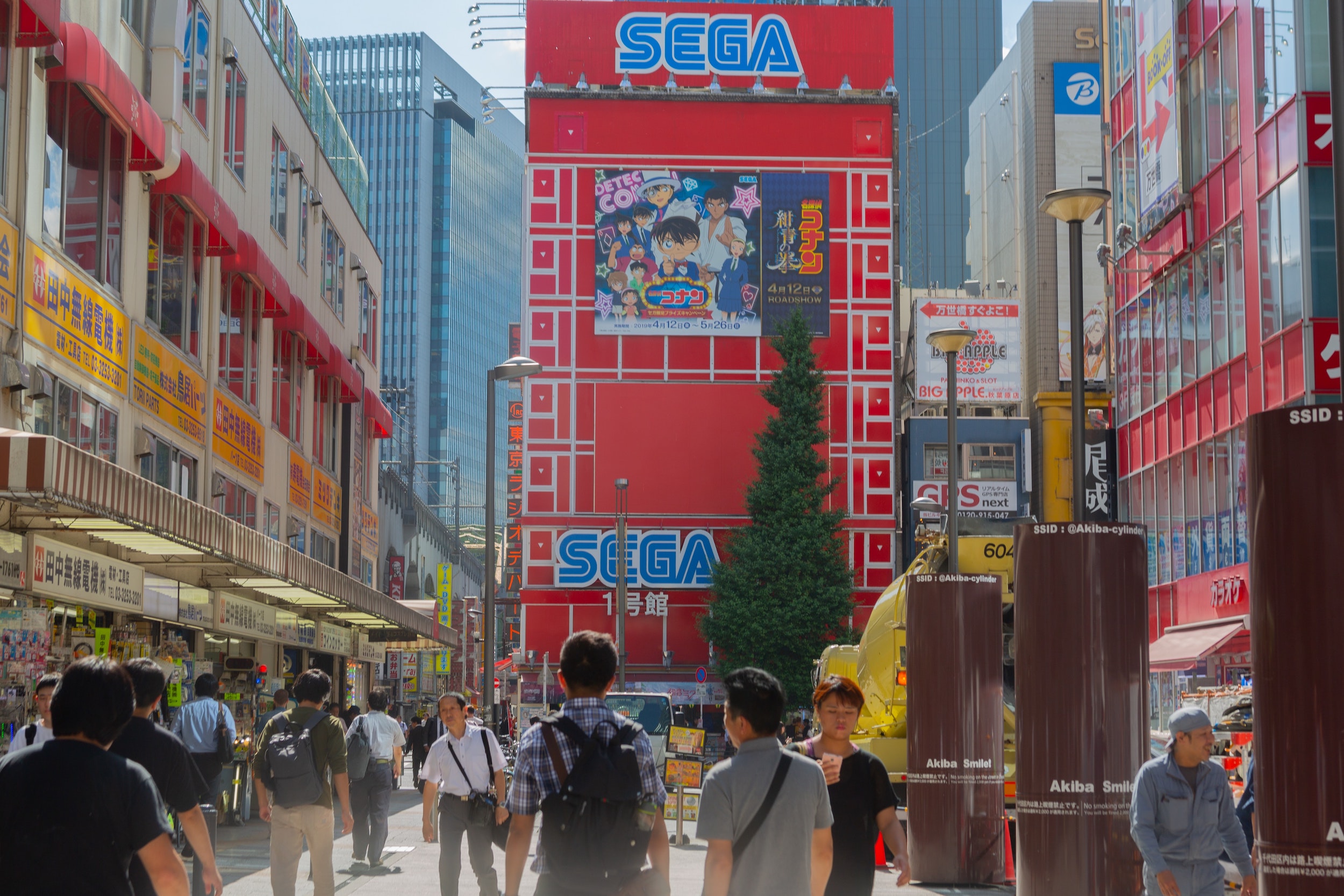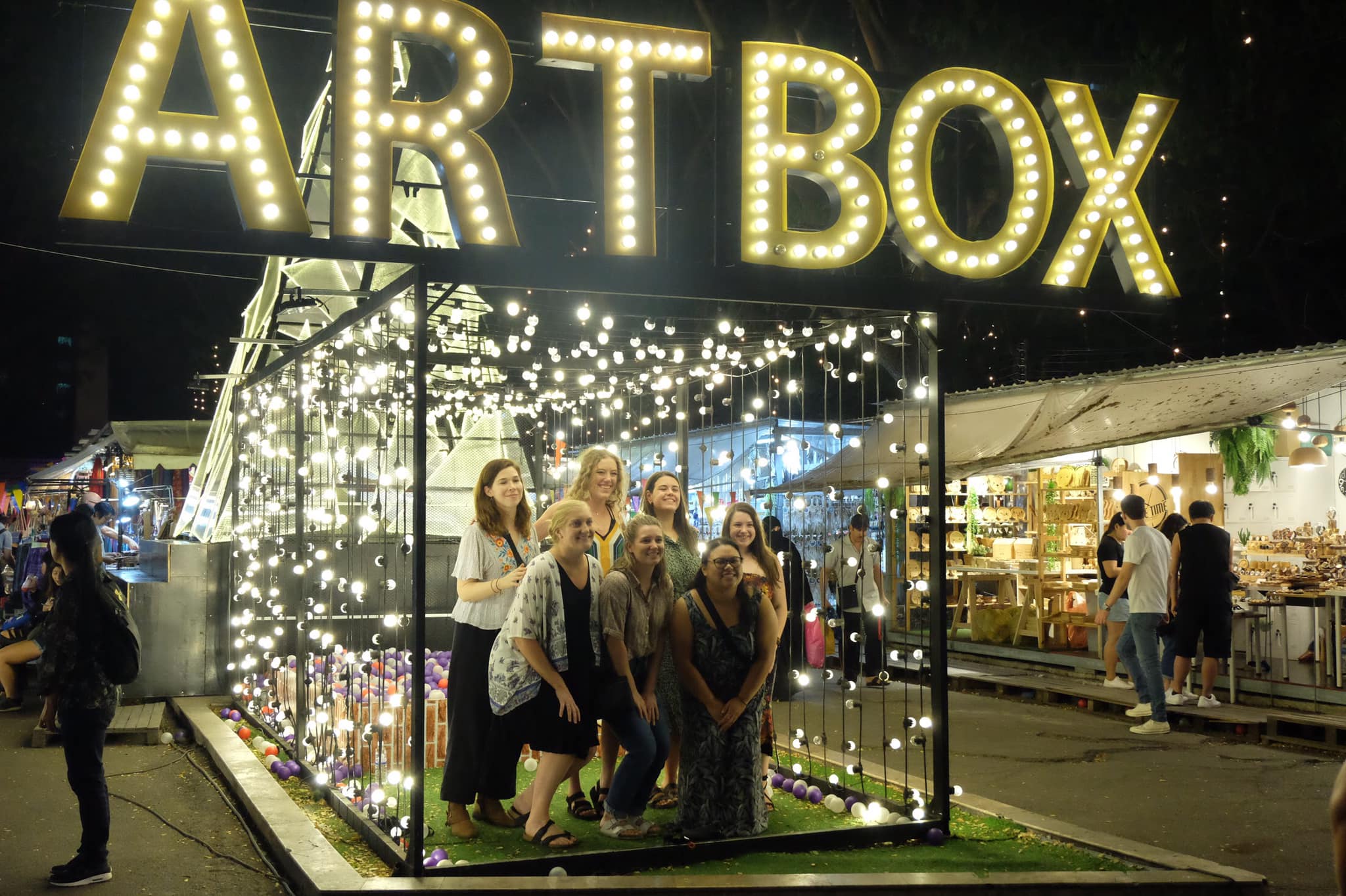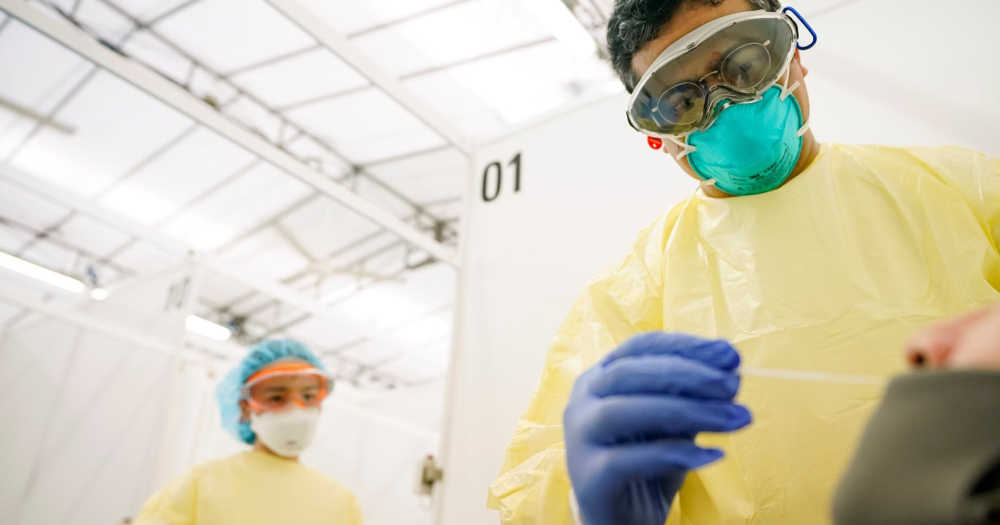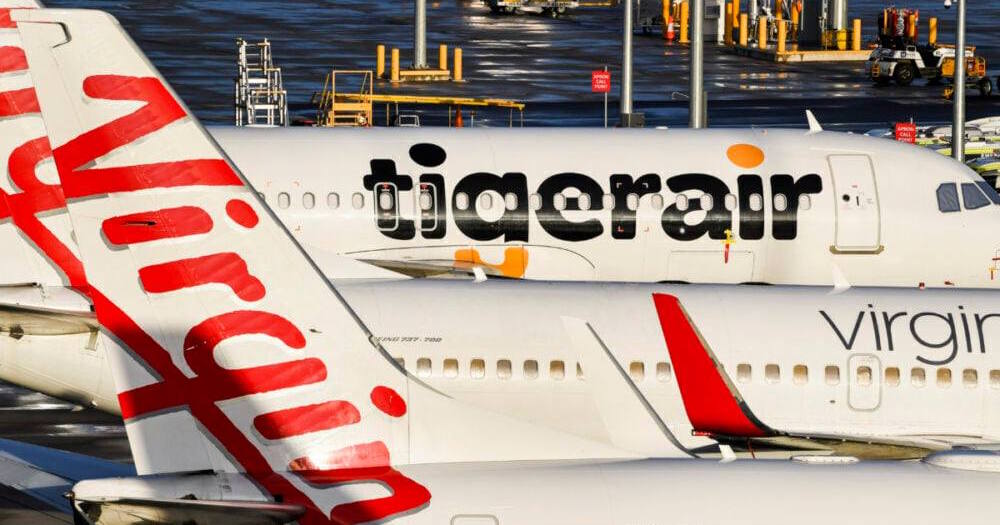If your new favourite pastime has become endless scrolls through past holiday photos or coming up with fantastical travel itineraries, don’t worry; you’re not alone.
The pandemic is inducing wanderlust in many of us who are so used to travelling and exploring the world.
As it is, any overseas adventures look out of the question this year; you’ll be looking at next year — and probably deep into it — before international borders reopen to travellers from Singapore for leisure.
So what will travel look like in a world where people are travelling but no vaccine is available?
Some of our favourite haunts might be gone forever
 The Sega arcade at Akihabara. Image by Sebastian Kurpiel.
The Sega arcade at Akihabara. Image by Sebastian Kurpiel.
For one, the places we visit might have gone through some changes.
Around the region, some favourite haunts that are frequented by Singaporeans haved close their doors permanently.
For example, Artbox in Bangkok closed down at the end of August.
 The beloved hipster market in Bangkok has shut down. Photo via Artbox Thailand/Facebook.
The beloved hipster market in Bangkok has shut down. Photo via Artbox Thailand/Facebook.
Its owner had hoped to keep the market running for as long as possible, but the withdrawal of vendors and the lack of tourists made the beloved hipster night market impossible to sustain.
Elsewhere, familiar hotels have also shut up shop; Puteri Pacific Hotel in Johor and Bintan Lagoon Resort, popular among those looking for a quick getaway, will no longer be around when travel resumes.
Further out, the legendary Sega Akihabara Building 2 Arcade in Tokyo saw its last day of operations on Aug. 30. In its 17 years of existence, the iconic spot became a must-visit for gamers, Instagram photographers, and nostalgia hunters.
Get ready to be tested again and again
Unless a vaccine has become available, those hoping to travel will likely have to undergo Covid-19 tests — lots of them.
According to a report by CNA, vigorous testing could be the key to restarting travel. However, the Polymerase Chain Reaction (PCR) test used would cost at least S$130.
The reciprocal green lane between Singapore and Malaysia — while not for leisure travel — gives us a glimpse of what the testing procedures might look like.
Travellers leaving Malaysia will have to take a Covid-19 test within 72 hours from departure, and can only depart if they test negative.
Once they’ve arrived in Singapore, they will have to take another Covid-19 test and test negative again before they’re allowed into the country.
 Image from National University Hospital's Facebook page.
Image from National University Hospital's Facebook page.
It could get expensive
Apart from paying for testing, travellers might have to get used to the increased cost of going abroad.
According to The Washington Post, airlines may start charging more for their tickets in order to stay afloat.
While some airlines are already capping aircraft capacity at 55 to 60 per cent for safe distancing reasons, Robin Hayes, chief executive of low-cost carrier JetBlue, told The Washington Post that the practice was not sustainable.
“Because of the economics of our industry, most airlines have a break-even load factor of 75 to 80 per cent,” he said.
Rick Steves — a travel expert and author — was quoted by The Washington Post as saying that prices for plane tickets could double, in order for carriers to be able to operate with the limited headcount.
The same cost adjustments would apply to hotels, restaurants, and entertainment venues.
Another consequence is that there may be fewer budget airlines offering low-cost international travel options.
A name familiar to Singaporeans, Tigerair Australia, was discontinued by parent company Virgin Australia due to insufficient demand.
We’ve also seen Thailand’s NokScoot liquidate, while other popular carriers — such as Norweigan Air and AirAsia — are struggling, according to CNA.
 Photo via Tigerair Australia/Facebook
Photo via Tigerair Australia/Facebook
Cleanliness will be a top priority
For obvious reasons, travellers will be highly concerned with hygiene standards of the places they’re visiting.
A New York Times report predicts more touch-less check-ins via mobile applications and physical signs declaring cleanliness.
Think the paper wrap that usually goes over a toilet seat, except everywhere.
Hand sanitisers and disposable face masks could replace the usual amenities like pens and notepads, while transparent shields might become commonplace at concierge counters.
In Singapore, hotels which have been certified are already proudly displaying their SG Clean quality marks to assure staycationers that they’re entering a safe space.
Hotel buffets have also become a thing of the past here, with meals are served to guests in their rooms.
Providing safety, distance, and cleanliness will therefore become a standard offering, as part of making guests feel comfortable and at home.
Adapting to the new standards will be a challenge for individuals seeking to list their properties for rent on platforms such as Airbnb; these proprietors may not have the same resources as large chain hotels.
The vacation rental platform has launched a new optional cleaning protocol as a way of helping listings show guests they’re taking safety seriously.
Hosts who take up the protocol also have to ensure that their place is left vacant at least 24 hours before a guest checks-in.
With all these changes, you might be thinking, is travel even worth it?
One possibility is for trips to be less frequent but longer in duration so that all the extra costs and inconveniences of swab tests can be justified.
Otherwise, for those who decide it's not worth the hassle till a vaccine is widely available, there's always SingapoRediscovers.
Mothership Explains is a series where we dig deep into the important, interesting, and confusing going-ons in our world and try to, well, explain them.
This series aims to provide in-depth, easy-to-understand explanations to keep our readers up to date on not just what is going on in the world, but also the "why's".
Top image by Joe Green via Unsplash
Totally unrelated but follow and listen to our podcast here
If you like what you read, follow us on Facebook, Instagram, Twitter and Telegram to get the latest updates.
